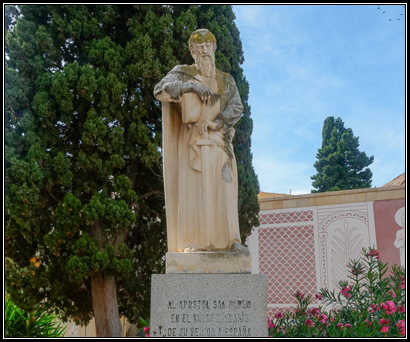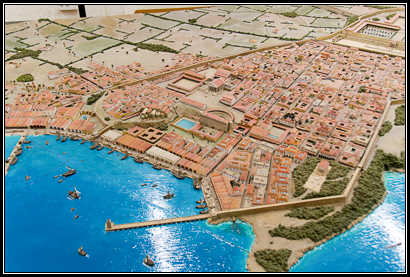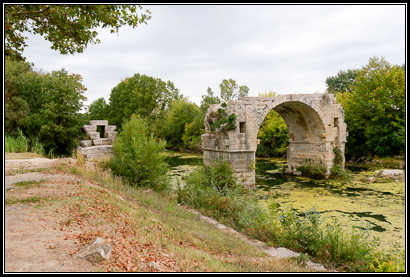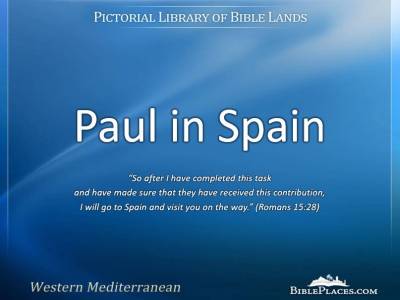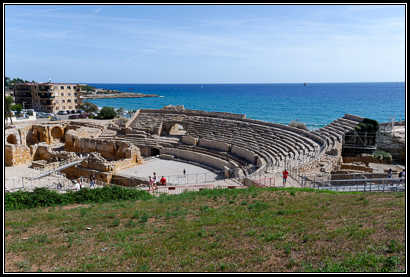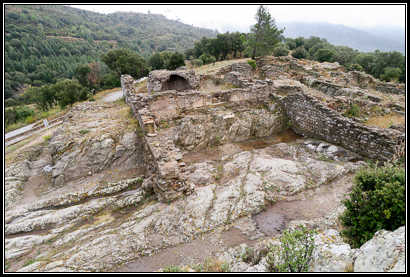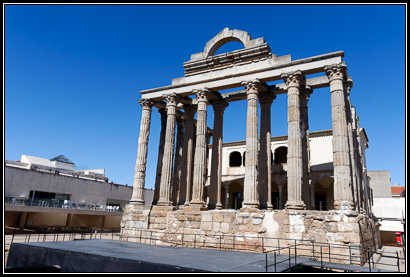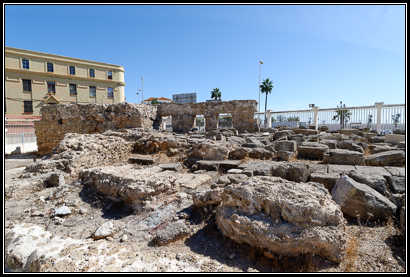The value of a photo collection of the Western Mediterranean for biblical studies may not be immediately obvious, for unlike sites in Israel, Turkey, and other regions in the Mediterranean world, there is no evidence that any biblical events occurred in ancient Gaul and Hispania. How then does this part of the ancient Roman Empire help the student or teacher of the New Testament? Today I want to mention the first of two chief contributions.
For all of Paul’s ministry recorded in Acts, he traveled through the eastern Mediterranean world—Judea, Galatia, Asia Minor, Macedonia, and Achaia. But as time passed, his heart ached for the lost in Spain, and he desired to travel there to spread the good news of Jesus Christ. To this end, he penned an epistle to the church in Rome, explaining his plans to visit them on his way to Spain and expressing his desire for their support in the mission (Romans 15:24-28).
Though the Book of Acts does not record Paul’s visit to Spain, early church fathers such as Clement of Rome and Chrysostom write that Paul traveled to Spain to bring the gospel to new lands. If this is so, Paul visited at least some of the major Roman cities in Hispania and possibly also in southern Gaul.
The city of Tarraco (modern Tarragona) on the east coast of Spain has a long tradition concerning Paul’s visit, and in 1963, a statue of Paul was erected to commemorate the 19th centenary of his arrival. Scholars continue to debate whether church tradition is accurate on this count, and a conference held in Tarragona in 2013 on The Last Years of Paul reflects the continued interest in the subject.


